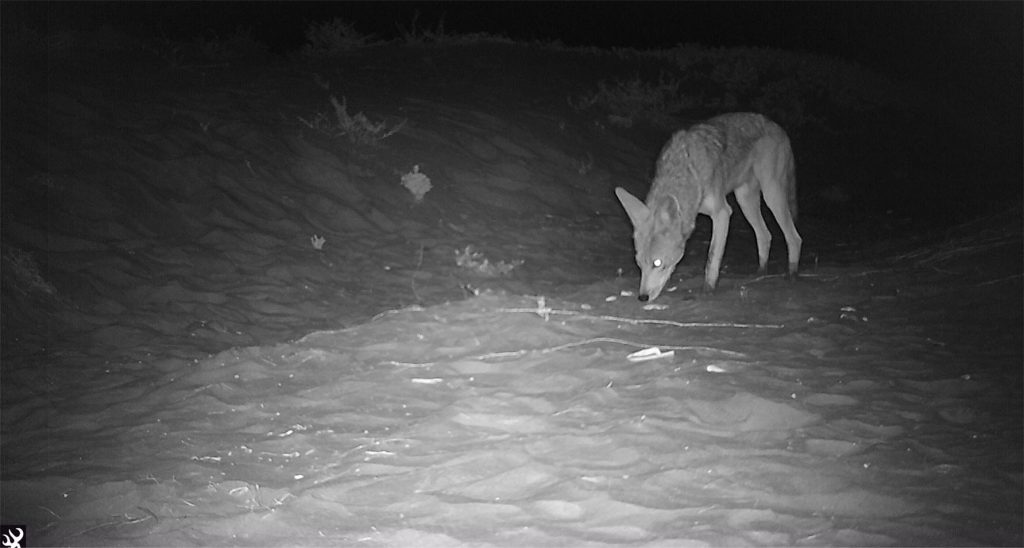Disciplines: Conservation, Ecology, Ornithology
Region: Baja California
Chapter: Ensenada
The loss of coastal habitats is one of the causes of biodiversity loss. Habitats such as wetlands have been attractive sites for urban expansion and other activities. By 1990, the loss of 90% of wetlands in California and a lesser proportion in Baja California, have affected seabird nesting areas. This is illustrated by the California lest tern Sternula antillarum browni, as its life cycle is linked to coastal lagoons, with sandy bars, dry salty plains and exposed beaches. In 1970, the United States declared the species in danger of extinction due to the development and expulsion of sites where it nested, Mexico recognizes it as Subject to Special Protection (NOM-059), and it is classified internationally as vulnerable by the International Union for Conservation of Nature (IUCN). For Baja California, eight known colonies are distributed along the Pacific coast and Gulf of California. In the 90s the reproductive success was poor to moderate. The possible loss of two colonies and a persistent population decrease are presumed. Updated information of their nesting sites will allow promoting conservation actions, prior to being expelled in Baja California. The objectives will be to update habitat and breeding status in five colonies of Baja California. Environmental education will also be provided in nearby towns. The colonies are distributed in areas of importance for bird conservation. The results will be about habitat suitability and success of neotropical avifauna in the land-ocean ecotone, and will support decision makers to promote conservation actions for this and other species.

